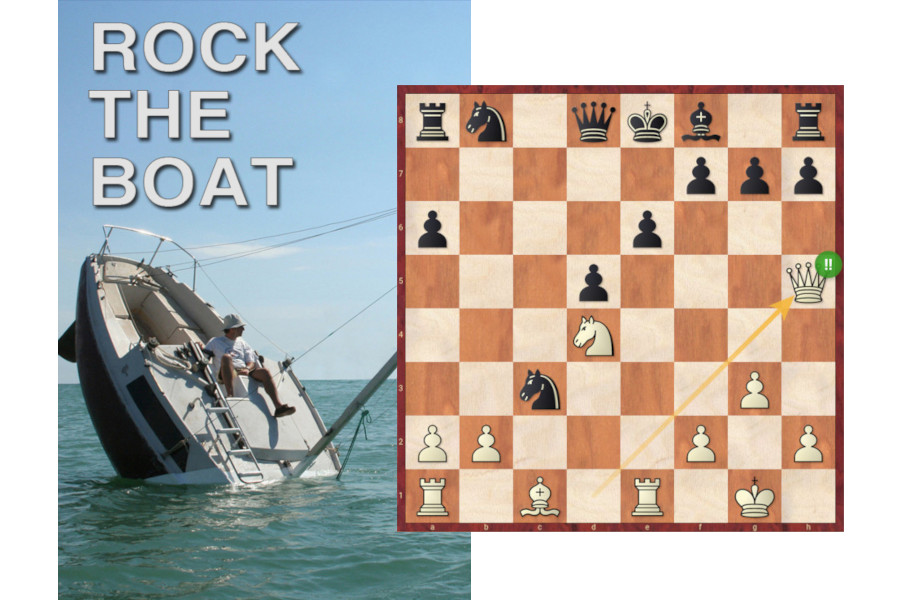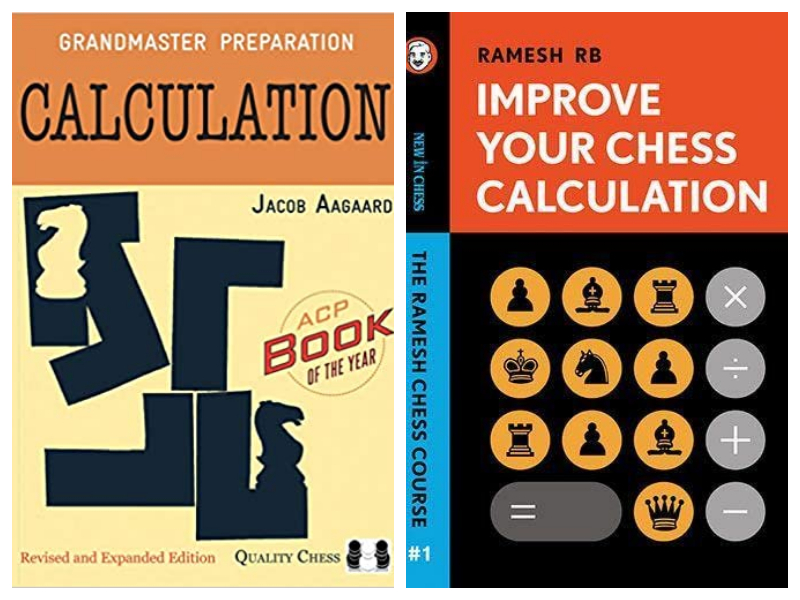


[Note that Jon Speelman also looks at the content of the article in video format, here embedded at the end of the article.]
When choosing a move during a game of chess, there will be a compromise between instinct and calculation. In reasonably clear positions, you may be able to rely on the former with just a few checks for blunders, but there are times when you need to go deeper into the position.
Calculation involves at least three different processes. In each position you examine, you must find the “candidate moves” for yourself or your opponent, i.e. move generation; and then stitch them together to make reasonably plausible “variations”, with luck without making too many glaring errors. A variation ends when you believe that nothing too dramatic is going to happen (the position is fairly quiescent) and you must then try to assess it.
After working through these variations — and it’s perfectly sensible to stop without looking at everything if you find something sufficiently appealing — you must finally make your choice. Normally this will be the line that leads to the best possible outcome if they play what you believe to be their best moves (computer engines do this by finding the maximin — the line which leads to the maximum minimum value against the supposed best play). However, sometimes, if nothing is satisfactory, it may be better to bluff and go for a line which you believe to be worse if they find a difficult resource — but will be better if they fail to find this (near) refutation.

Two well-known books on chess calculation, by Jacob Aagaard and Ramesh RB
Today I’m concentrating on the first part of the process: move generation. And in particular high-value moves which may or may not change the assessment dramatically. These will rock the boat — if and when it capsizes, either you or your opponent is likely to be underneath: though a priori you don’t know which.
To calculate well, you have to be able to see these moves or at least a decent proportion of them (of course, engines uncover ludicrous ideas which people would hardly ever see, all the time). And if you can develop an instinct as to when they might occur and what they actually are, then this will undoubtedly be very helpful.
We start with a vicious opening trap which was sprung in the first round of the recent European Championship. It turns out it had already occurred at least 20 times previously. It is followed by a lovely game from the recent Swedish League, in which a small thunderbolt did considerable damage. It’s counterpointed by a couple of analogous examples with the same blow, and I’m finishing briefly with two positions from my own games.
Select an entry from the list to switch between games
| Advertising |